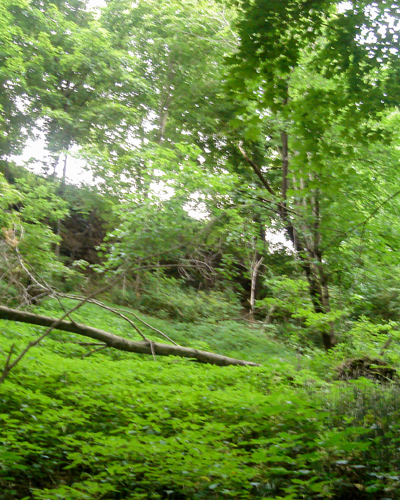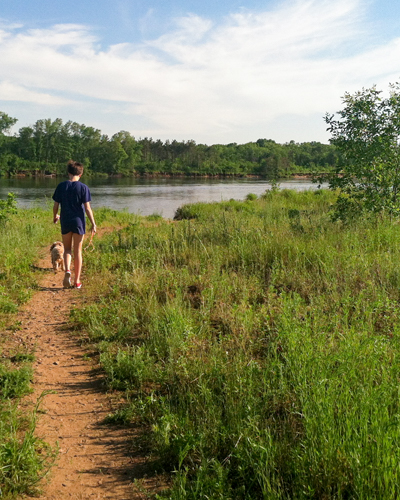PRAIRIE RESTORATION & HABITAT ENHANCEMENT
The goal of ecological restoration is to restore natural systems to health. Contact Aquarian Gardens today for an initial consultation, to begin planning for your next restoration project.
Proven steps to restore and enhance native plant communities in prairies, savannas, woodlands, and wetlands.

PRESCRIBED BURNING
Aquarian Gardens maintains close communication with local authorities and will be fully insured for prescribed burning in the spring of 2017. All prescribed burns are carefully planned for efficacy and safety, follow standards defined by NWCG and the Wisconsin Prescribed Fire Council, and to manage the risk of air pollution.

BRUSH MANAGEMENT
Managing brush can enhance habitat for fish and wildlife, control invasive woody species. It can also help manage fuel loads to promote desired conditions, prevent wildfires, encourage new growth of native species, and protect existing diversity of plant species. Brush management can be used in tandem with prescribed burns, mechanical, and biological restoration methods.

SHORELINE PLANTING

RIPARIAN BUFFERS
Natural riparian buffers can include trees, shrubs, wildflowers, and grasses. Buffers can be implemented under diverse land uses including urban, suburban, forested, natural, and agricultural. An important factor in the effectiveness of riparian buffers is hydrology: the movement of water over or through the buffer.
Riparian buffers are effective in reducing nitrogen and mitigating negative impacts of human use of adjacent land. The streamside vegetated buffer filters nonpoint source pollutants and provides habitat for plants and wildlife. Width is the most important variable in the effectiveness of buffers in protecting the health of water bodies. Site characteristics, including slope, soil type, and location of existing and planted vegetation also impact the effectiveness of shoreline buffers.
Aquarian Gardens provides excellence in prairie restoration and habitat restoration. Call us today at 715-664-8808 or email with questions or to set up an initial consultation.